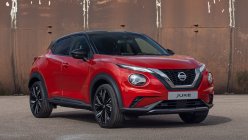Driving is all about safety and modern cars have safety features built into them from the ground up! Knowing what the significant car safety features now is important to every driver behind the wheel. Look through our article on Philkotse.com to equip yourself with helpful safe driving tips.
I. Safety is a primary concern
Driving is serious business and getting into a car is not just sitting there and driving it. Having all the useful safety features will mean life or death, when in a serious accident. In a nutshell, having safety features that in cars will have several degrees of protection to survive a fatal impact, and get away alive from it! As automotive technology gets better with more features are crammed into even level entry cars, makes them a bit safer than twenty-year-old models. More than ever car safety is important to all autos, and despite ignorance of drivers has become an invisible safety net.
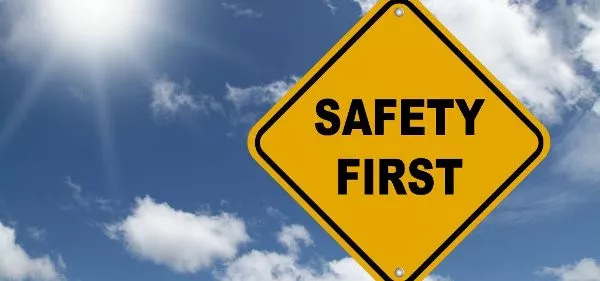
Safety is a primary concern
Keeping cars from encountering an accident or becoming the cause of any mishap is “active safety”, acting like an autonomous control. Sometimes the best protection is a set of mechanism, allowing smooth driving not subject to human error. It’s like big brother watching over and doing the rest without distracting the driver.
Another form of car safety is “passive safety” that compliments “active safety” because they work in tandem to keep the occupants intact inside the vehicle during accidents. To make a point; the car airbags activate when sensors are triggered. “Active safety” is the last resort, when “passive safety” fails and is the last line of defence in auto safety!
II. Safest cars should have both passive and active safety features
1. Car's must-have passive safety features
A “safe vehicle” with excellent active and passive safety measure that may differ from model to model.
1.1. One-piece car bodies (uni-bodies) provide protection from impacts, keeping passengers safe inside. Crumple zones are protective cages around the cabin, so occupants will not be rattled inside.
1.2. Whiplash happen without “headrests” give our neck support and prevents it from whipping about. Headrests may seem insignificant but they prevent whiplash and concussion from happening.
1.3. Airbags in entry-level cars have been a boon for car safety! They are several types mounted in strategic parts of the cabin that are triggered during impact. To learn more about car airbag's lesser known facts, click here.
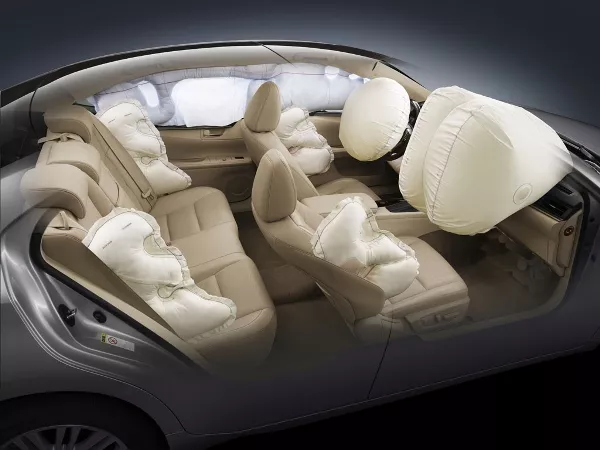
Airbags in entry-level cars have been a boon for car safety
1.4. Seat-belts secure everyone to their seats with pre-tensioners and load limiters that adjust and keep occupants in their seat. Read our aricle about 5 things you need to know about car's seat belts safety for better understanding of this passive feature.
1.5. Isofix is the standard for attaching child seats safely, but these devices aren’t fool-proof but they offer an amount of protection for children.
2. Car's must-have active safety features
Anything can happen while driving but “Active protection” keeps the vehicle in trim, and maximizes driving efficiency to minimize human driver error. Here are examples of this, they are mostly found in middle to higher end models.
2.1. EBD or Electronic brake force distribution will reduce the distances for stopping in a straight line, by managing how much force is engaged for all brakes. This car safety feature makes breaking smoother than usual and reduces jerky stops too.
How Electronic Brake force Distribution (EBD) works
2.2. Drivers have blind spots that go unnoticed until an accident but it can be avoided! Blind Spot Warning systems will detect any unnoticed car when lane changing, an alert sounds off to warn the driver. Blindspots are avoided when shifting lanes, but human error does happen!
>>> Also check out: What is a blind spot in driving & How to remove blind spots on your car

Blind Spot Warning systems will detect any unnoticed car when lane changing, an alert sounds off to warn the driver
2.3. Vehicle stability is important, especially for high vehicles that can turn-turtle because of a high center of gravity! Keeping stable using "electronic stability control" will help keep the vehicle stable by controlling the engine power with precise control of brakes to keep steady. This will prevent skidding or turn over and keep the vehicle upright unless it was in adverse road conditions but does the job.

Keeping stable using "electronic stability control" will help keep the vehicle stable
2.4. Simply put, the Autonomous Emergency Braking System is the best advance in collision avoidance. This system will have sensors and cams that warn of an imminent collision and stop the vehicle immediately and stop it.
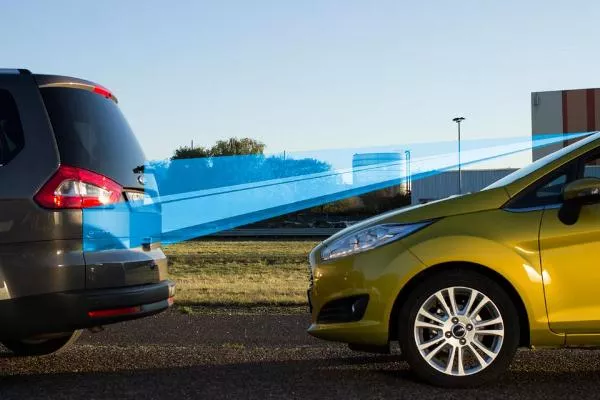
This system will have sensors and cams that warn of an imminent collision and stop the vehicle immediately and stop it
2.5. Adaptive Cruise Control uses radar to control speed and to keep the distance from cars in front. This system automatically adjusts and keeps pace without the driver help.
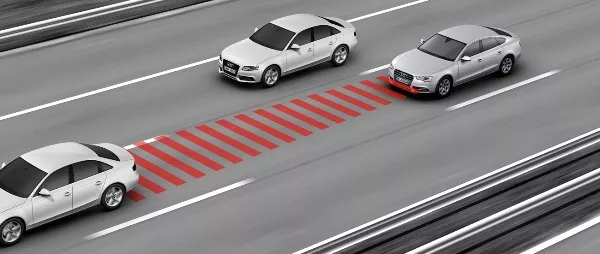
Adaptive Cruise Control uses radar to control speed and to keep the distance from cars in front
2.6. Simple yet useful, Smart Seatbelt Reminders wily warn if seat-belts aren’t worn yet. Riding without seat belts on can be dangerous in most accidents.
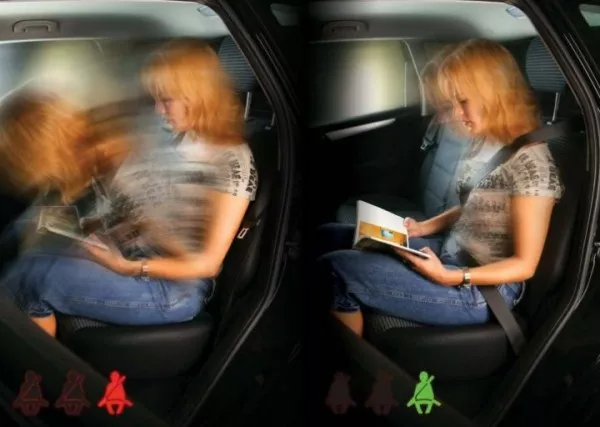
Riding without seat belts on can be dangerous in most accidents
All these active and passive car's safety features make any vehicel equipped with them safest cars.
III. Compromise in car safety features is not advisable
It is agreed that safety features that should be in your car now will save lives when accidents happen but should it be compromised? No, because all these modern car safety features are available in most mid-range and top model lines to “enhance” car safety and are not just fancy “add-ons” to add cost to them! Each time a car drives off and enters the road, there’s a 50-50 chance of a mishap whether it's mechanical or human-related.
Active and Passive safety features are the safety nets providing protection to the occupants inside the cabin. In most cars, there is ABS, speed sensing locks, child-locks, and more efficient disc brakes that enhance safety for these models. To a certain degree, the most common safety features will be good enough, but more advanced active and passive safety features will be better. Compromise will depend on what the driver will focus on that is a preference at most!
IV. Car safety features: Conclusion
Safety features are important in an automobile and these safety features that should be in your car now is a priority not compromise. This primer on car safety is all about knowing what passive and safety features are and will help in choosing what second hand or brand new car is the best safety option. More than often, top of the line models to mid-range will have the most goodies. Some entry-level cars have the basic set up of features as in middle range models. Remember that a car is an investment in safety and convenience not looks but also a safe to drive and get anyone home in one piece. Safety should never be compromised or it may turn out to a serious miscalculation with dire consequences.
Visit Philkotse.com to learn useful tips for your car ownership!


